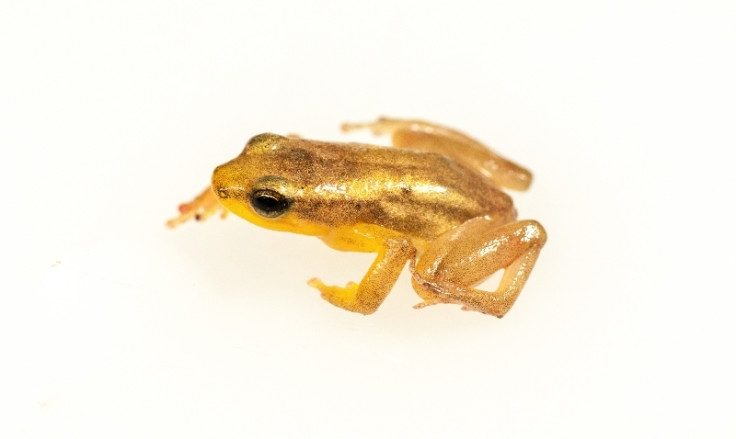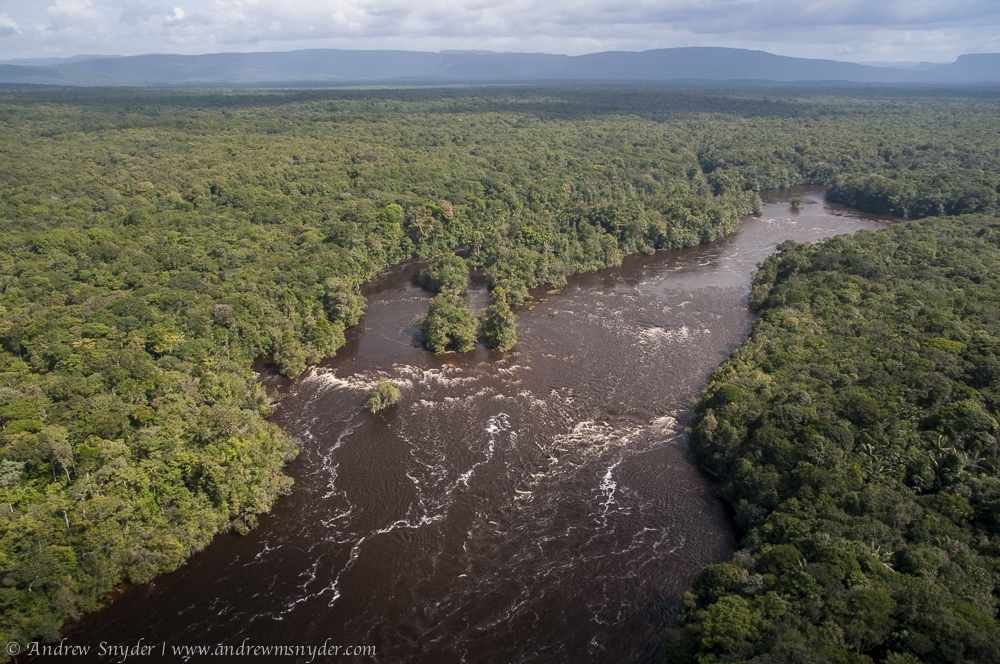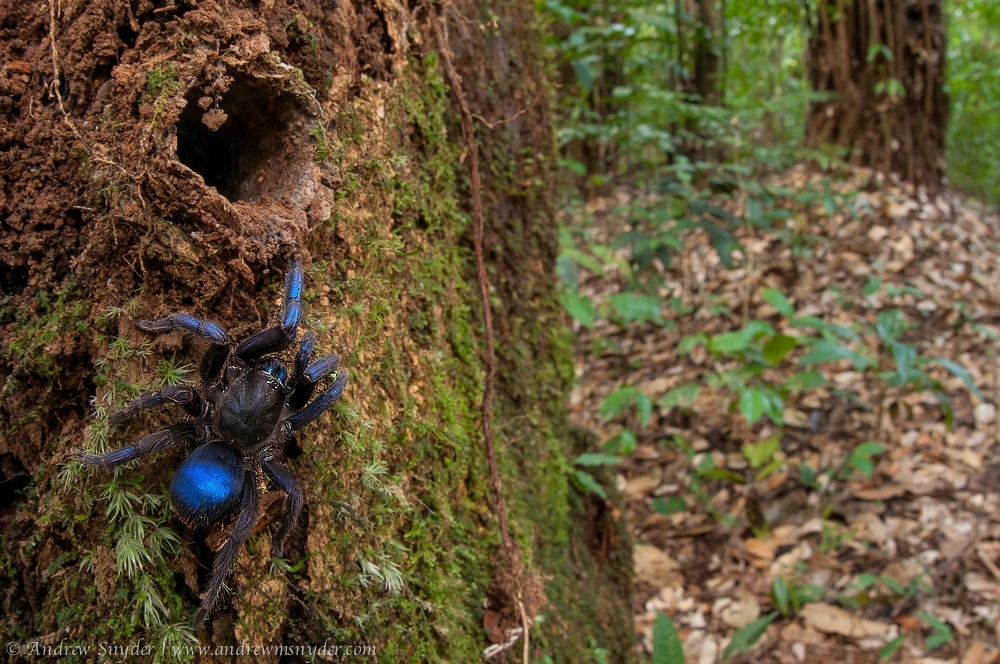This beautiful blue tarantula is one of 30 new species just discovered in South America
The animals were documented over a period of just one month.

More than 30 new species have been discovered over a period of just one month by researchers conducting ecological surveys in Guyana. Among the new finds is an incredible electric blue tarantula, according to the report.
The discoveries were made in the Kaieteur National Park and upper Potaro region in the mid-west of the South American country. Like much of Guyana, both areas are incredibly rich in biodiversity and are home to many endemic species.
While it is fairly common to find new species, for scientists to come across so many in such a short period of time is a rarity.
The new report is one of the largest ecological surveys ever conducted in the region involving researchers from the World Wildlife Fund, The University of Guyana, the Protected Areas Commission and Global Wildlife Conservation.
The report documents six new species of fish, three plants, 15 aquatic beetles, a frog and several dragonflies, among others, all of which are new to science.
The blue tarantula was spotted by Andrew Snyder - one of the researchers - after he shone a flashlight into a large rotting tree stump by chance, while on a night hike.
In addition to documenting the new species, the survey also highlights the important role that the region plays as a habitat for threatened species such as the Tepui swift, jaguars, the white-lipped peccary and the iconic golden rocket frog.
According to the report, more than 50% of birds, 30% of mammals and 43% of amphibians known to occur in Guyana, live in the region studied by the researchers.

"Guyana's landscape is distinct in many ways," the researchers say. "But most remarkable is that more than 85% of it is still covered by rain forest – the second highest proportion in the world – at a time when other countries are experiencing large-scale biodiversity loss and environmental degradation. At the same time, Guyana's biodiversity remains largely undocumented and poorly studied."
Historically, the country's biodiversity was naturally protected due to low human population density and the fact that many areas were inaccessible, however, over the past decade threats from illegal mining and other harmful activities have grown.
























